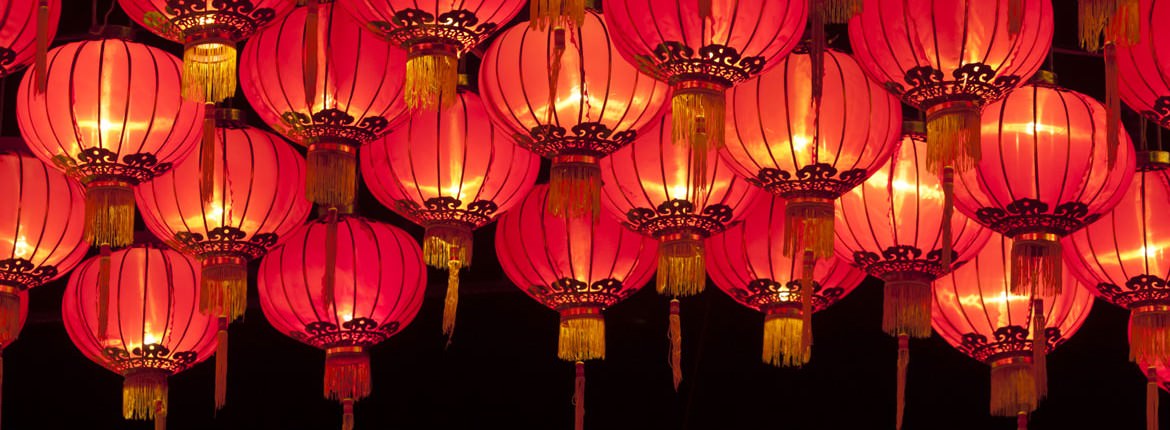When I first flipped through the pages of Obasan, I didnt know how much the story would move me, nor how close we would be able to get to primary sources left by Joy Kogawa herself. Our visit to the Joy Kogawa Fonds deeply impressed me. Looking through old letters, government documents, church postcards and hand written drafts brought the story to life, and we were able to experience how real it really was.
Old documents that were left behind could be traced back as clues appearing throughout the whole story, and the importance of the theme “silence” reappears in old letters and scribbles that indicate how personal this story was for Joy Kogawa herself. “Having been once rendered voiceless, the time is long past for speech to examine the roots and source of our imagination.” (Draft 8-2) Joy writes about the unspeakable trauma that tore her family apart. “My flesh that we like, I will not believe. Till then, I am neither silent, nor do I speak.”(Draft 8-1) A lot of the things found in the archive are not seen in the book, but still represent technologies of memories that serve as important evidence of how the Japanese-Canadian people were mistreated, and how they felt.
Among our findings, one in particular stood out to me. Me and Marie discovered a very small diagram of a family tree, and underneath it were the names of all the characters in the book, and the year\place they were born. A lot of the names were different than the characters in the book, which pose the question “what was Obasan’s real name?” Aunt Emily was written down as aunt Miriam, which could have been the original name, or the intended false name that Joy Kogawa decided to use. It is interesting because all of these minor pieces make up the stream of thought that the writer had during the creation of the book. As it was explained to all of us, the Joy Kogawa Fonds are organized in the exact order as they have been sent in. The papers, documents all add up to a bigger picture, revealing the process of creation and most important of all, what the writer was thinking throughout the process.

As you say, visiting the archives and having access to the Joy Kogawa Fonds was a unique experience. I had never had the opportunity to look through a manuscript before. What struck me was the complex and tedious process that writing a novel appeared to be. The example of the family tree shows this completely. I only looked through a few files from one of the many storage boxes and they was an accumulation of drafts and official documents. On scraps of paper (from hotels, a plumber company…), I found passages of the novel I had read. This made me realize the working process of researching, writing and editing involved in creating Obasan.
I thought it was very interesting that you interpreted the various documents in the Kogawa Fonds as “clues”. By looking at this collection as clues to finding the true meaning of Obasan, it gives both the books and the Fonds a new meaning. The bigger picture that is created defines, as you said, a technology of memory which gives evidence of how Japanese-canadians were treated but also how the family structure is divided by the affects of the war. I agree that the order of the documents, though never explained by Kogawa, are significant because each document can be interpreted a different way just like the way you saw that there were many ways to look at the family tree in her file.
Hi Anaïs! It was really fascinating reading about you and Marie’s discovery of the family tree that Kogawa put together. I was not able to see this, but based on your description, it provided a very interesting and unique insight into Kogawa’s writing process. I liked that you picked to write about this point because it really solidifies the idea that these characters were based on real people, and if anything renders her novel more moving and potent.
Though Obasan is fictional I also found fascinating what was reality in the book through the documents.
As I was reading the book I found the name choices quite interesting. Despite the fact Naomi and Stephen are siblings, Naomi has a Japanese name whereas the name Stephen is a typical English name. I wonder if these names are reflecting the characteristics of the two. In the novel Naomi seems to be engaged to the Japanese culture compared to Stephen. Your blog made me think deeply about the reasoning of each name in the text.